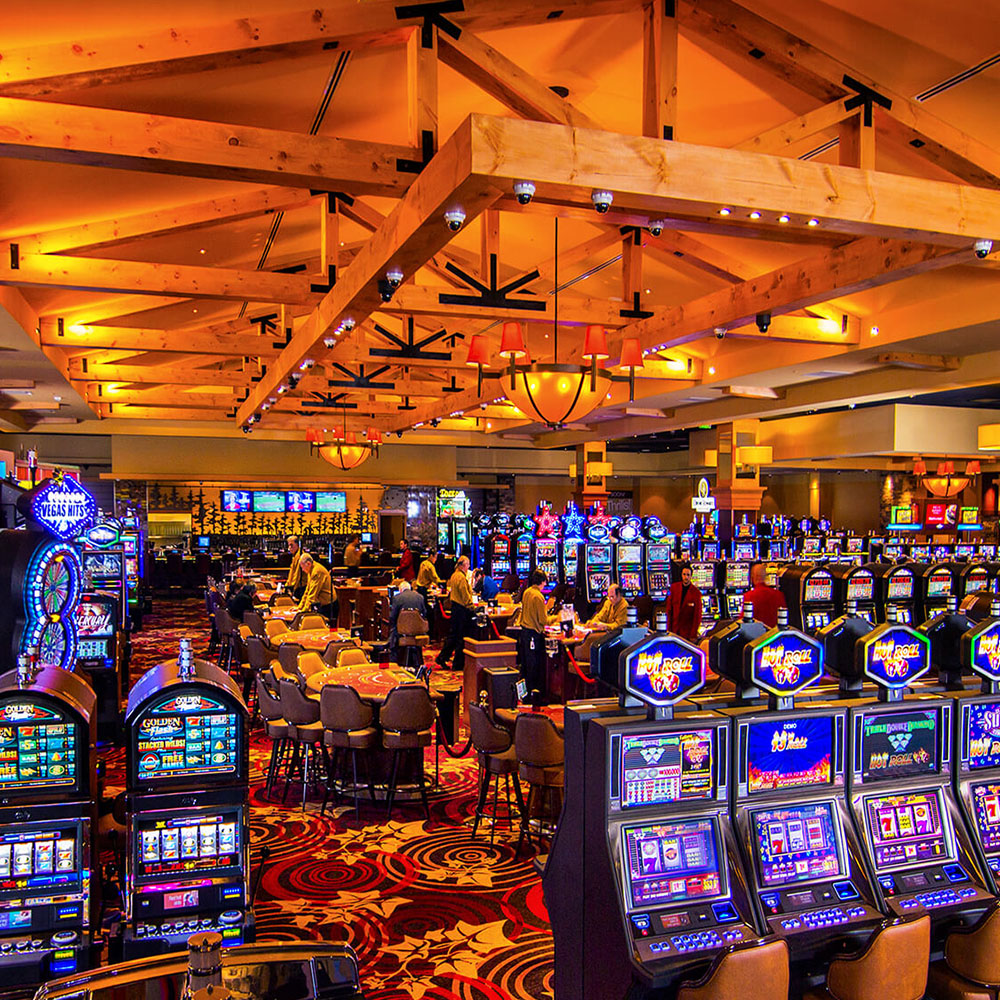Casino games have long captivated the human imagination, drawing players into a world filled with luck, strategy, and the allure of excitement. Each experience is carefully crafted not just for enjoyment, but also to evoke particular emotional responses that keep gamblers immersed and committed. Understanding the motivations behind these designs reveals much about how psychology plays a key role in the gaming experience.
From the dazzling lights and lively sounds to the sophisticated layering of rules and rewards, casino games are designed to create an atmosphere of anticipation and anticipation. Game designers leverage behavioral strategies to influence gambler behavior, whether through the use of jackpots, close-call situations, or community engagement. By examining these factors, we can better appreciate how casino games fulfill not just a need for entertainment, but deeper psychological needs for thrill and hazard.
Understanding Gamer Behavior
Casino games are designed with a profound understanding of gamer psychology, which is crucial for drawing in and retaining players. The thrill of the game, alongside the anticipation of winning, creates a powerful allure. Game designers employ elements like sound effects, vibrant graphics, and captivating gameplay to seize attention and generate emotional responses. These sensory experiences enhance the overall experience, making players feel more involved in the game.
Another important aspect of player behavior is the notion of risk versus reward. Casino games often balance risky situations with the potential for significant rewards, which can result in the event known as near-miss experience. When players come near to winning, the brain produces dopamine, reinforcing their behavior and encouraging them to persist playing in pursuit of that fleeting win. This cycle of wish and disappointment plays a key role in how games are designed and marketed.
Lastly, social factors also play a critical role in player behavior at casinos. Many games are designed to be played in teams or with other players, fostering a sense of belonging and collective experience. The interaction inherent in games like blackjack enhances enjoyment and can lead to extended gameplay. Designers take advantage on this by creating environments that invite players to linger, connect, and revisit, making the overall casino experience more inviting.
The Role of Imagery and Audio
Imagery and sound play a crucial role in elevating the gambler’s experience within casino games. Designers utilize vibrant colors, striking graphics, and captivating animations to grab players’ attention and maintain their focus. bästa utländska casinon med Trustly The use of themes, such as exploration or luxury, helps create an engaging atmosphere that takes players into a different world. By appealing to the senses, these elements contribute to a intensified emotional response, encouraging players to engage more profoundly with the games.
Audio design is equally important in reinforcing the experience of gambling games. The combination of background music, audio effects for winning combinations, and ambient noises creates an sound landscape that keeps players enthralled. Audio cues associated with victories, such as chiming bells or celebratory music, evoke feelings of excitement and reward, encouraging players to keep playing. These audio cues are carefully placed to amplify the thrill of the game and create a more immersive experience.

Additionally, the alignment of visuals and sound is important for reinforcing the game’s overall concept and mood. Each element should align seamlessly to create a cohesive experience that draws players in. The effective use of this synergy not only improves user enjoyment but also boosts the likelihood of return play, as players become more invested in the immersive world that the gambling games offer. This thoughtful combination of imagery and audio ultimately enhances player involvement and loyalty.
Incentive Structures and Engagement
The design of casino games heavily relies on reward structures to ensure players involved and coming back for additional experiences. These structures are based in psychological theories that exploit human behavior and desire. Participants are often driven by the thrill of success, which is supported by instant feedback through the game structure’s mechanics. This instant gratification not only enhances the gaming experience but also cultivates a sense of success, encouraging players to keep playing in hopes of greater rewards.
Casinos utilize various incentive systems, including large payouts, extra rewards, and multipliers, to captivate players. These elements create a level of excitement that maintains engagement. Additionally, the unpredictability of results plays a crucial role in keeping interest. The variable reward system, where wins are random but happen often enough, keeps players on edge and motivated to keep playing. This loop of hope and expectation is foundational to the success of casino games.
Furthermore, community aspects, such as tournaments and multiplayer features, boost the engagement factor by leveraging the competitive nature of participants. The communal aspect of playing with others can amplify the thrill of winning and create a sense of community within the casino. By integrating these social dynamics with efficient incentive structures, gambling experiences don’t just provide entertainment but also foster a stronger connection among players, reinforcing their commitment to the gaming experience.